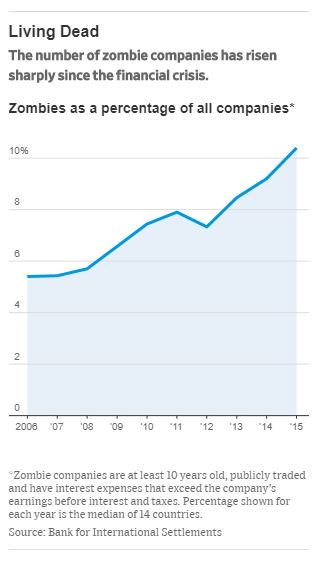(p. A3) WASHINGTON–A day before Google’s chief was set to meet with high-ranking Republicans, critics in a congressional hearing accused the internet giant and other tech firms of being “insular” and dismissive of the free-speech rights of conservatives.
. . .
At Thursday’s House subcommittee hearing, Rep. Steve King (R., Iowa) warned that tech companies’ alleged bias is beginning to be noticed by the public. “Americans are beginning to recognize this quiet trend in our society in which one group or another systemically silences another’s beliefs with which they disagree,” he said in his opening statement.
Harmeet Dhillon, an attorney representing a group of conservative Google employees claiming employment discrimination by the company, directed lawmakers to media reports concerning its alleged blacklisting of phrases, articles and websites, and the blocking of conservative YouTube videos.
“Big Tech has become an insular fortress of thought coercion and vindictive behavioral control,” she said.
For the full story, see:
McKinnon, John D. “Tech Firms Face Political Bias Accusations.” The Wall Street Journal (Wednesday, September 28, 2018): A3.
(Note: ellipsis added.)
(Note: the online version of the story has the date Sept. 27, 2018, and has the title “Tech Firms Face Bias Accusations at Congressional Hearing.” The online version includes additional paragraphs, but the passages quoted above appear in both the online and print versions. The formatting above, follows the print version.)

